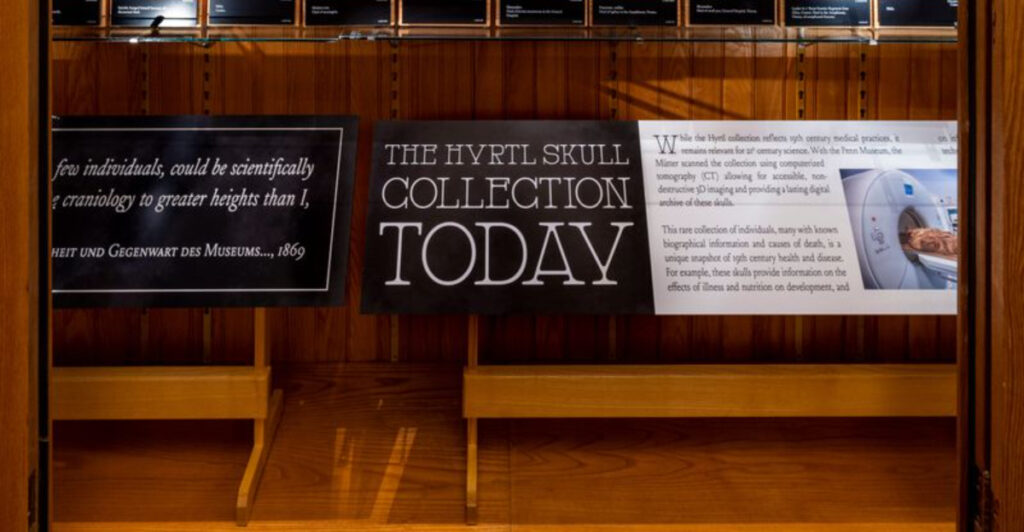Tucked away on 22nd Street in Philadelphia, the Mütter Museum is one of America’s most fascinating and unsettling destinations. Home to over 25,000 medical specimens, it offers a raw, unforgettable look at human anatomy and medical history. From preserved organs and surgical tools to conjoined twins and Einstein’s brain slices, the museum blends science, curiosity, and ethics. Though not for the faint of heart, it provides a uniquely educational journey through medicine’s past, present, and the people behind its progress.
Albert Einstein’s Brain
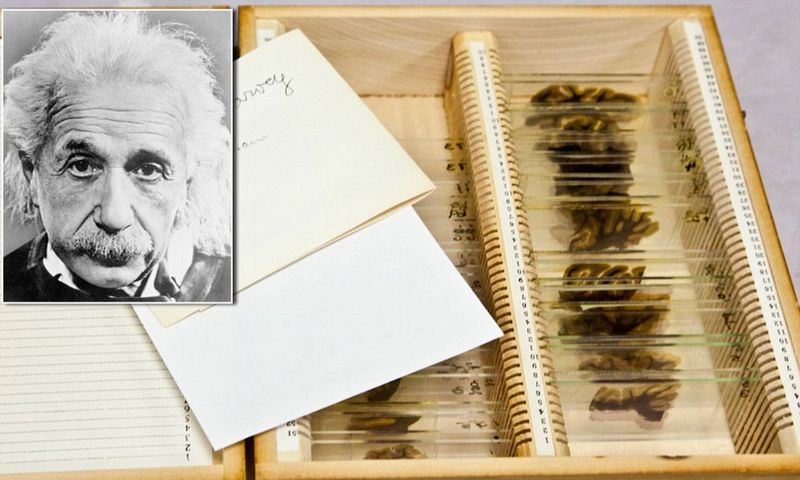
With each slice of Einstein’s brain, the mysteries of genius unfold. Posthumously removed in 1955, Einstein’s brain was sectioned for study, sparking ethical debates. Yet, these fragments now reside at the Mütter, offering a tangible glimpse into one of history’s unparalleled minds. Visitors can peer into the microscope, observing neurons that once buzzed with revolutionary ideas.
The preservation of these brain segments showcases the intersection of science, ethics, and curiosity. Each preserved neuron stands as a testament to the brilliance that reshaped our understanding of time and space.
The brain slices not only intrigue medical professionals but also captivate the public, inviting questions about consciousness and intellect. This unique exhibit challenges our notions of reverence and exploration, making it a central piece of the museum’s narrative. It’s a journey not just through tissue, but through the very essence of genius.
Hyrtl Skull Collection
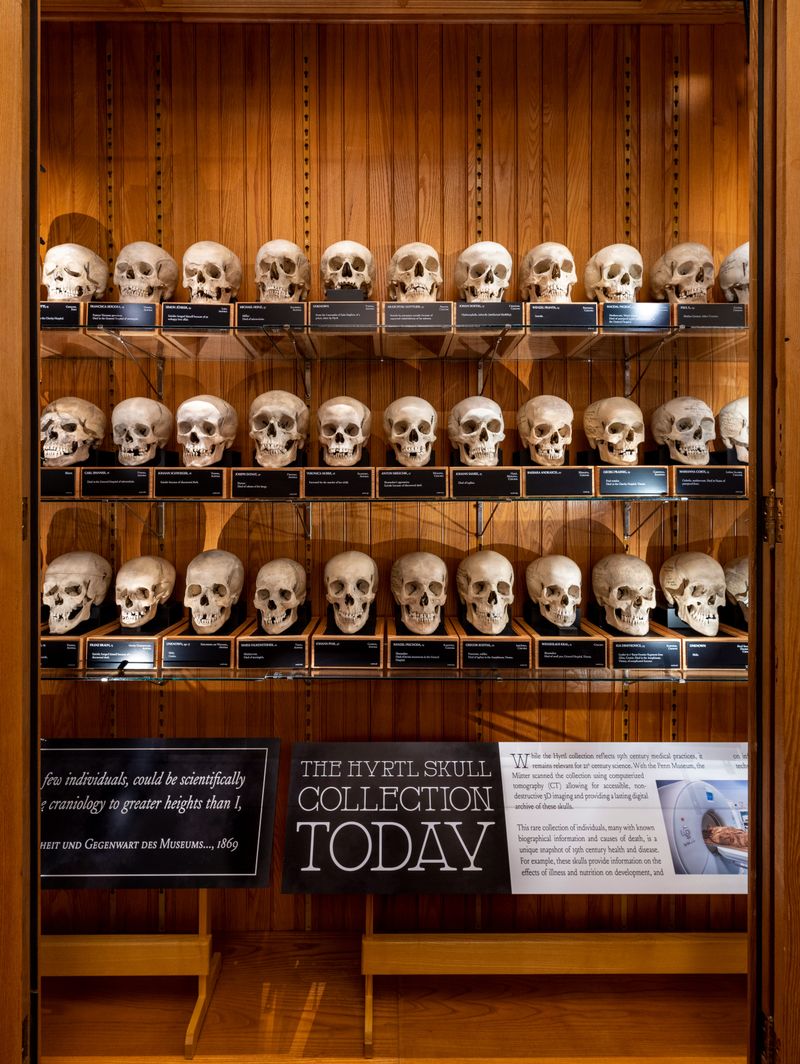
Imagine a room filled with skulls from people long past, each telling its story. The Hyrtl Skull Collection, amassed by Joseph Hyrtl, a 19th-century anatomist, presents over 100 skulls from across Europe. Each skull comes with a narrative—of life, death, and sometimes tragedy.
Hyrtl intended to refute phrenology, the pseudo-science claiming skull shape determined character. Displayed in meticulous rows, the collection reveals the diversity and commonality of human history, showing both scientific curiosity and cultural complexity.
The skulls serve as silent witnesses to the past, with inscriptions hinting at the lives they once supported. This collection provides a poignant reminder of the universality of mortality, inviting visitors to ponder the shared human experience. Here, anatomy meets anthropology, offering insights into the scientific inquiries of another era.
The Soap Lady
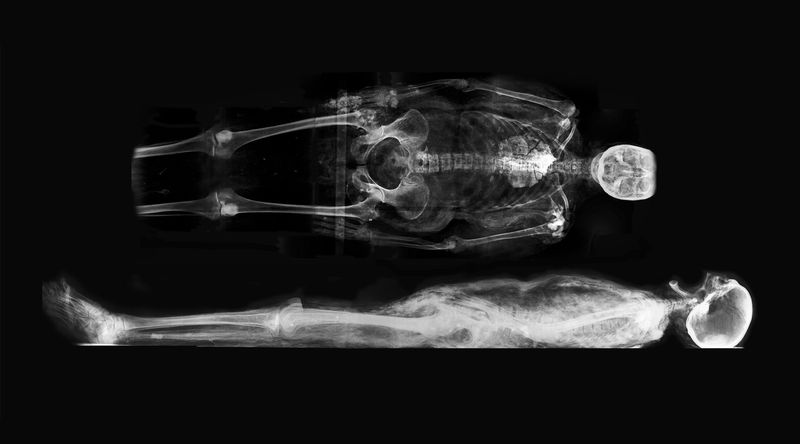
In the heart of the museum lies the Soap Lady, a woman whose body was naturally preserved in adipocere, commonly known as grave wax. Discovered in Philadelphia in the 19th century, her preservation is both an anomaly and a natural marvel.
The chemical transformation of her remains provides invaluable insights into decomposition and preservation processes. She rests in a climate-controlled case, her serene expression a gentle reminder of her unknown life and the mystery of her preservation.
The Soap Lady captivates with her paradoxical blend of fragility and resilience, offering both a scientific wonder and a human story. This exhibit challenges visitors to confront the inevitability of decay, while also marveling at nature’s unpredictable artistry. Her presence at the museum is both a scientific anomaly and a poignant historical artifact.
The Mega Colon
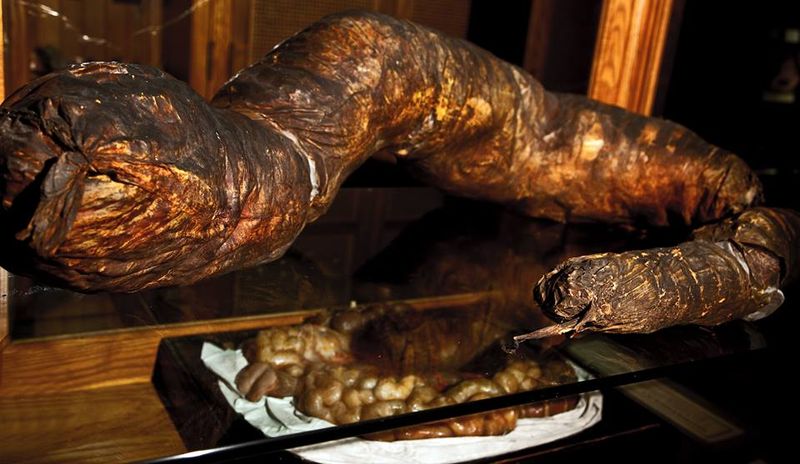
Step into the world of anatomical extremes with the museum’s Mega Colon. This preserved specimen belonged to a young man who suffered from Hirschsprung’s disease, causing his colon to expand to an extraordinary size.
The exhibit is both shocking and educational, illustrating the complexities of gastrointestinal conditions and the advancements in modern medicine that now prevent such tragedies. The Mega Colon not only showcases the physical manifestation of the disease but also sheds light on the human stories behind medical anomalies.
This fascinating display invites contemplation on the advancements in medical diagnosis and treatment, providing a stark contrast between past and present medical knowledge. The Mega Colon stands as an emblem of human resilience and the relentless pursuit of scientific understanding.
The Conjoined Liver of Chang and Eng
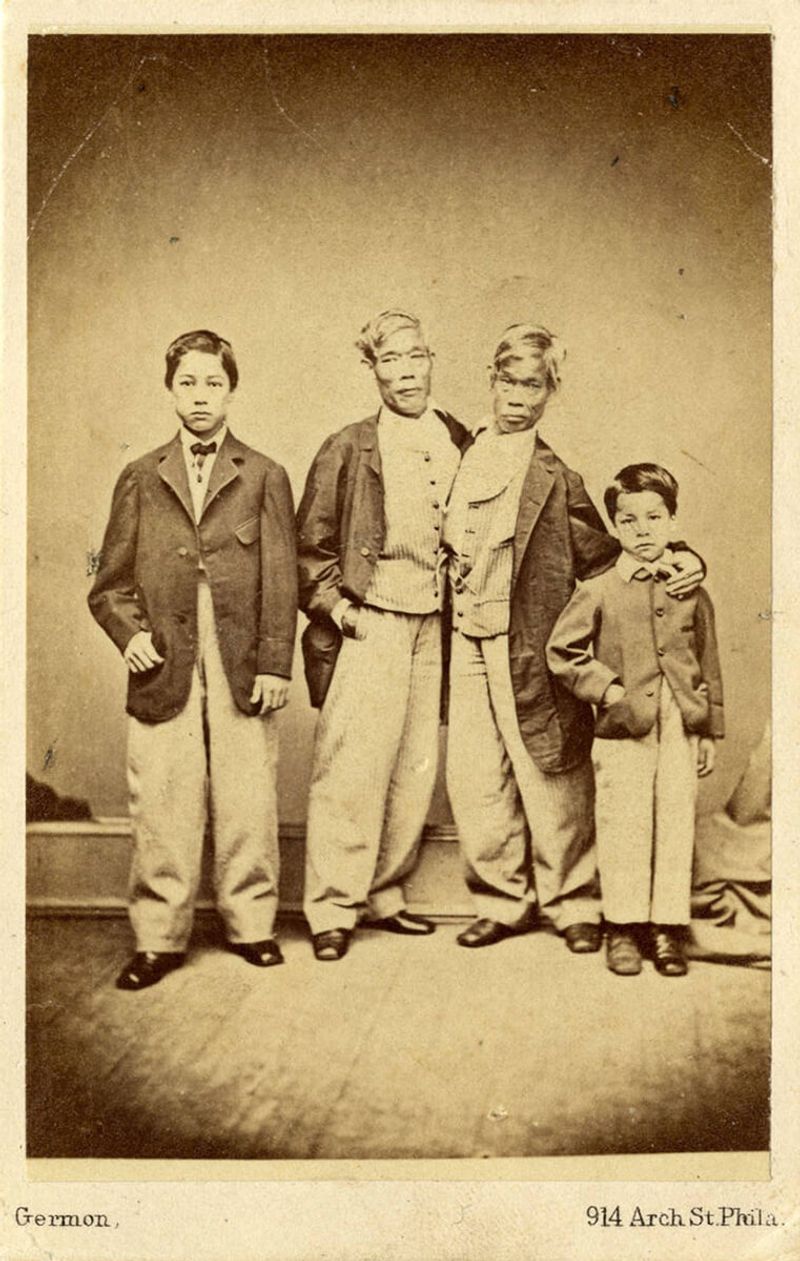
The story of Chang and Eng, the original Siamese twins from Thailand, resonates deeply within the museum. Their conjoined liver, preserved here, tells a tale of shared lives and extraordinary adaptability.
Born in 1811, they became international curiosities, marrying sisters and fathering 21 children between them. The liver serves as a symbol of their connection and challenges faced.
This exhibit provides a unique glimpse into their remarkable lives, exploring themes of identity, unity, and the human capacity to adapt. It’s a fascinating reflection on the complexities of human anatomy and the societal perceptions of the extraordinary. The conjoined liver is not merely a medical oddity but a testament to a life lived together against the odds.
Historical Medical Instruments
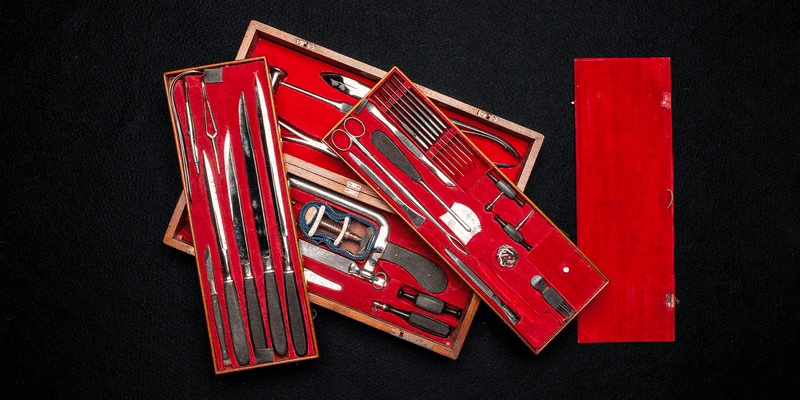
The museum’s collection of historical medical instruments offers a window into the past, showcasing tools that once revolutionized medicine. Visitors find themselves amidst scalpels, bone saws, and trepanning tools, each with an aura of both innovation and intimidation.
These instruments tell stories of pioneering surgeries and the brave souls who underwent them, reflecting the evolution of medical practices over centuries. While some tools appear rudimentary by today’s standards, they mark significant milestones in the history of healing and human ingenuity.
The display encourages reflection on the progress of medical science, reminding us of the trials and errors that led to modern-day advancements. Each tool, with its unique design and purpose, serves as a reminder of the relentless pursuit of medical excellence.
The Tallest Human Skeleton in North America
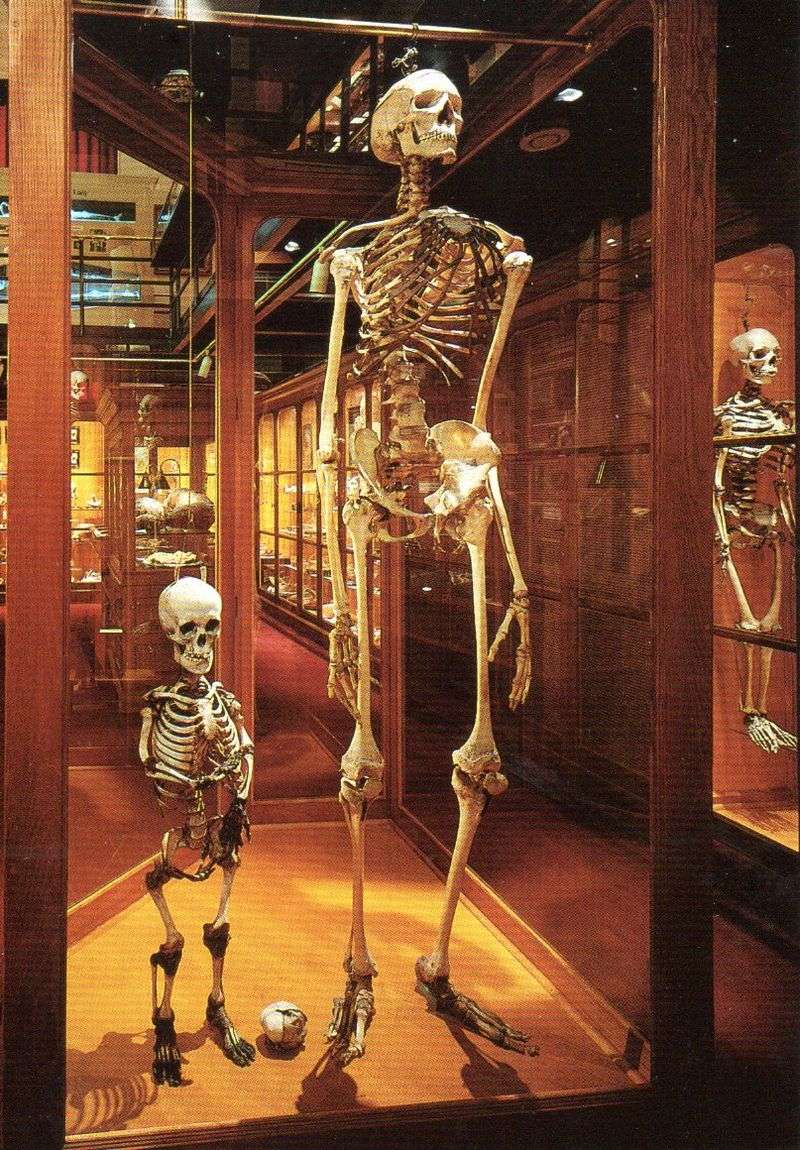
Standing at an impressive height, the tallest human skeleton in North America is an awe-inspiring sight. This exhibit chronicles not just the rarity of gigantism, but also its impact on the individual it once supported.
The skeleton belonged to a man who suffered from acromegaly, causing his extraordinary stature. While his height garnered attention, it also brought significant health challenges, now alleviated by modern medicine.
This exhibit offers a compelling view into the genetic and environmental factors contributing to gigantism, while also serving as a poignant reminder of the human stories behind these conditions. It stands tall not only as a physical marvel but as a testament to the diversity and complexity of human anatomy.

